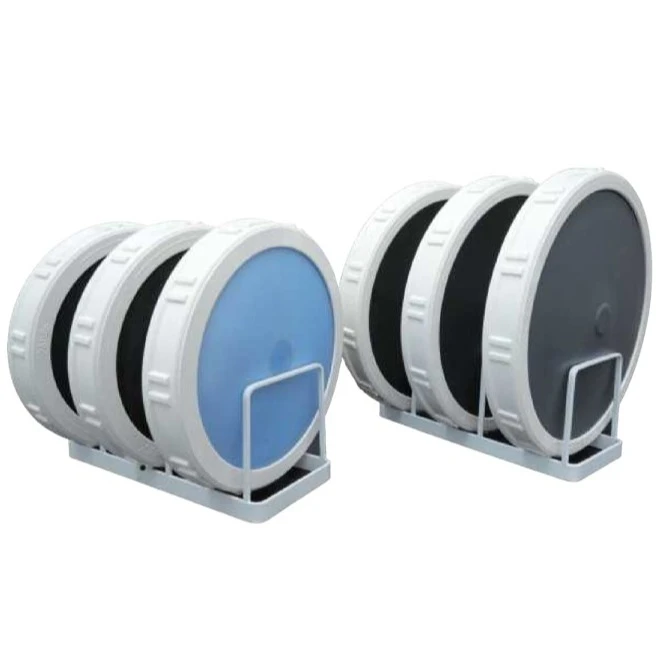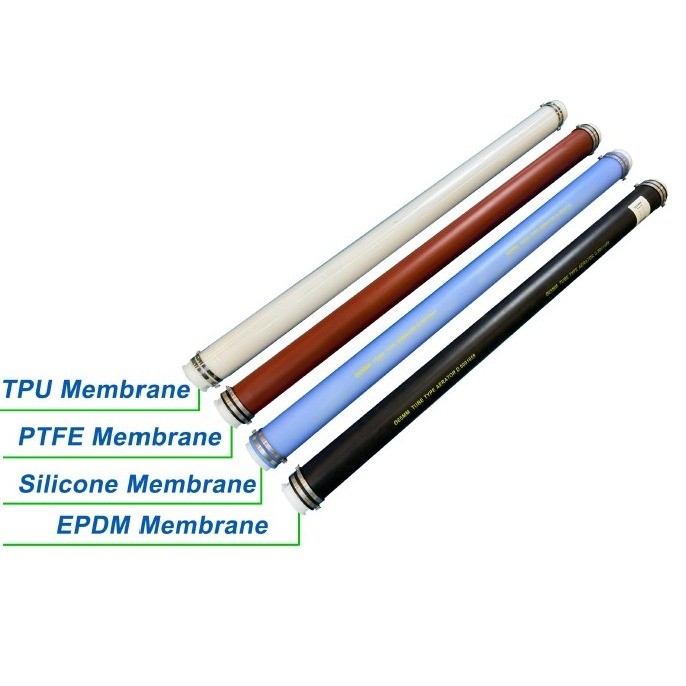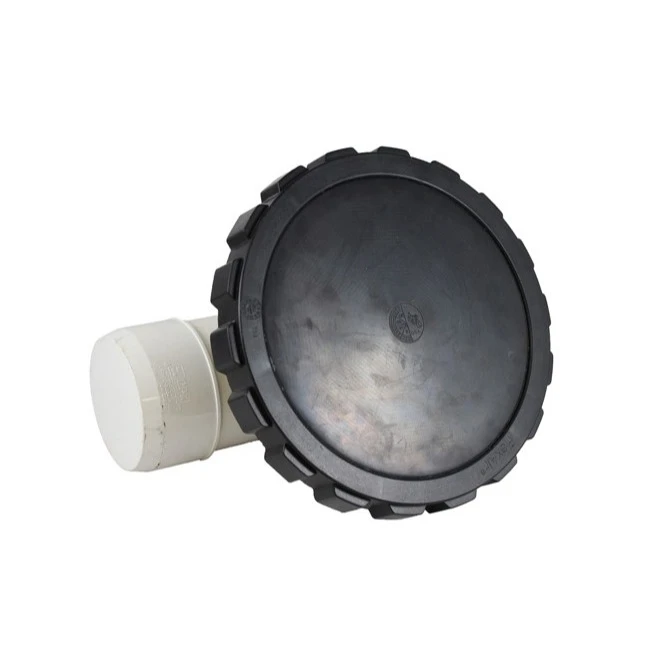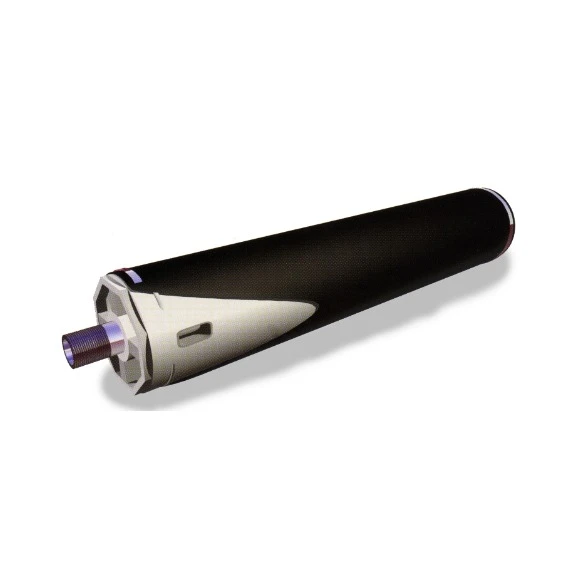Membrane Diffusers
A diffuser is a part of the aeration system in the biological units of wastewater treatment plants. The foundation of biological treatment is microorganisms, which are single-celled organisms. Like all other living beings, microorganisms are born, feed, breathe, reproduce, and die. Microorganisms can reproduce very rapidly if the necessary conditions are provided. The key requirements for this process are oxygen and nutrients.
Bacteria utilize organic substances found in abundance in wastewater, which cause pollution when discharged into the environment, to meet their nutritional needs. However, the dissolved oxygen in water is not sufficient for bacteria to breathe and multiply. Therefore, external oxygen must be supplied to sustain the bacteria in the wastewater. The required oxygen is provided by mechanical equipment that introduces air into the water. In this way, microorganisms in the wastewater grow and eliminate all organic and pollutant substances causing contamination in the water. As a result, the organic materials in the wastewater are biologically decomposed.
In biological treatment plants, delivering the necessary oxygen to bacteria is a two-step process. In the first step, the oxygen is obtained from ambient air using air blowers. In the second step, the pressurized air produced is mixed into the wastewater with the help of diffusers placed at the bottom of aeration tanks. Diffusers play a crucial role in delivering oxygen to the bacteria.
Diffusers are categorized into different types based on the material, shape, and type of bubbles they produce.



